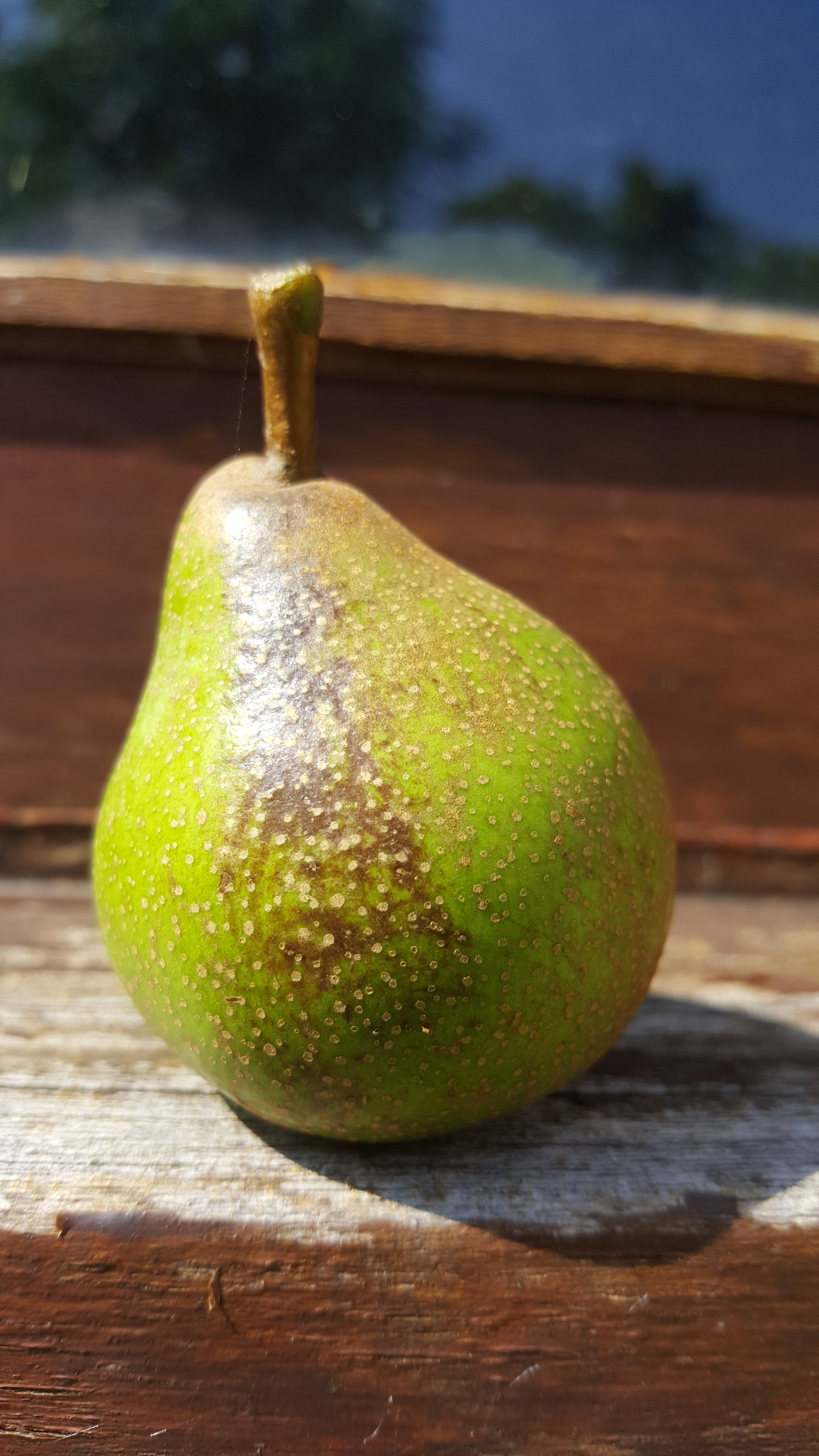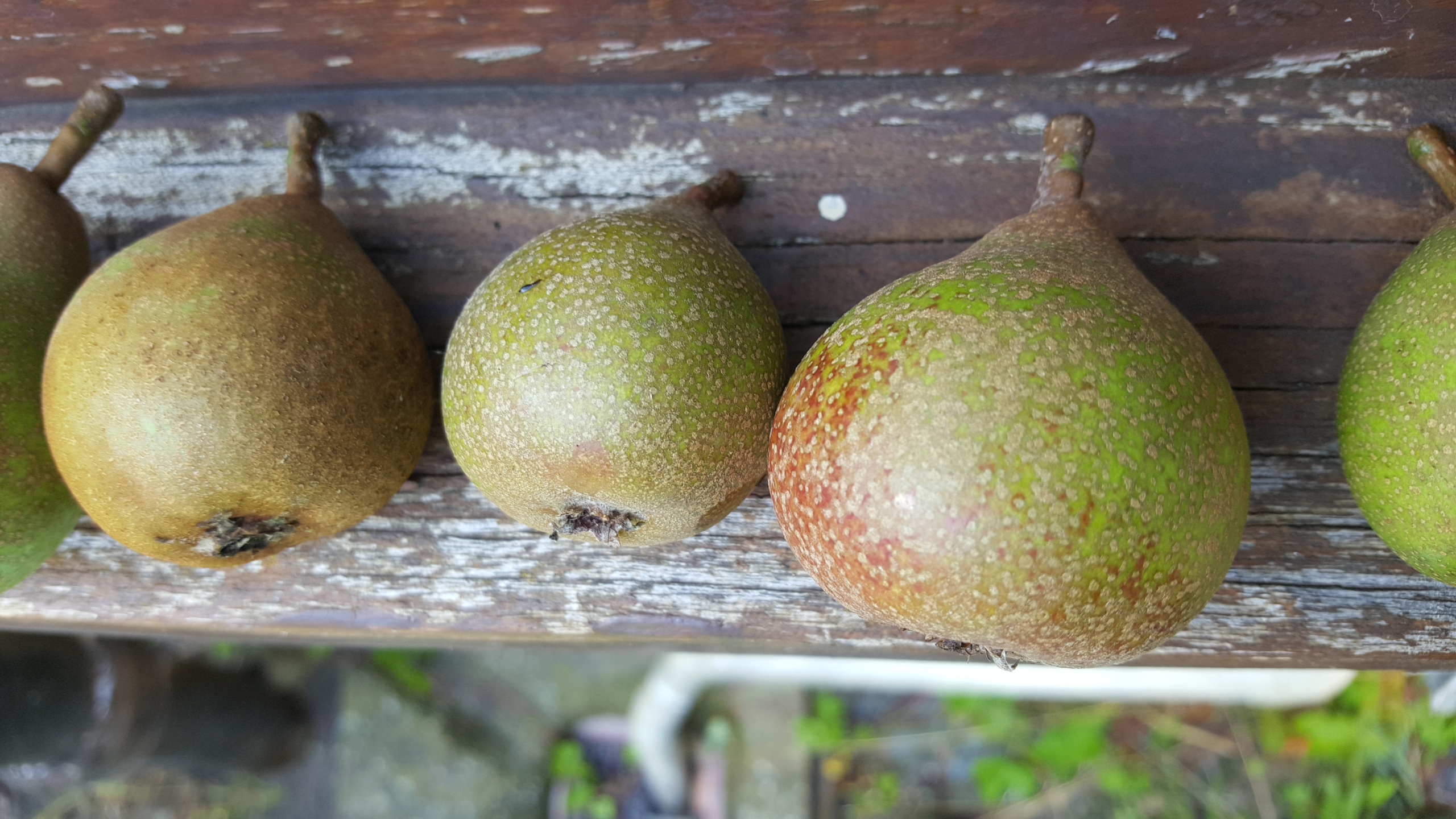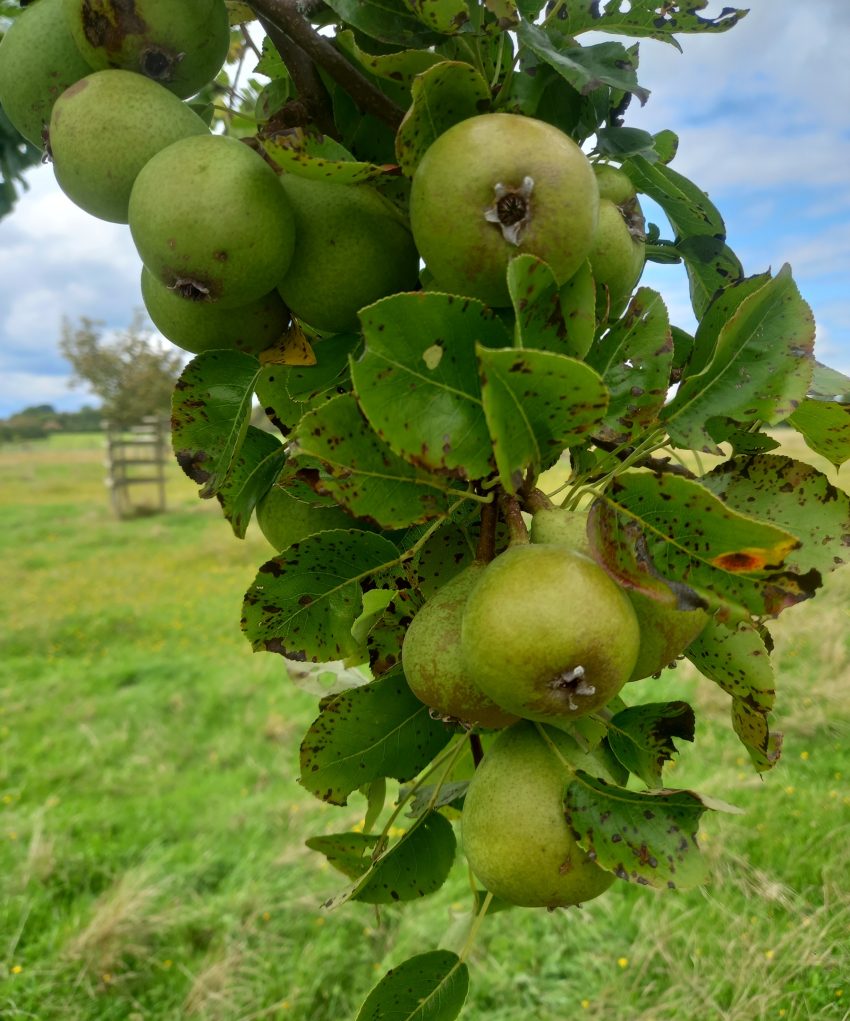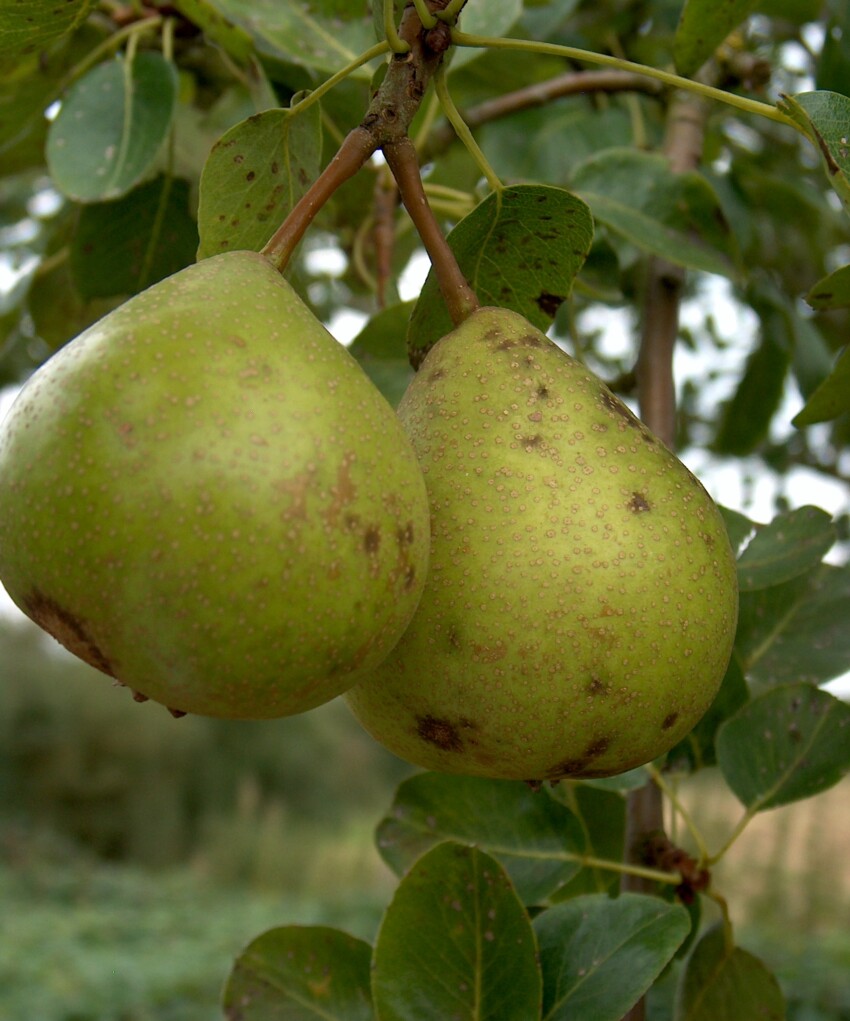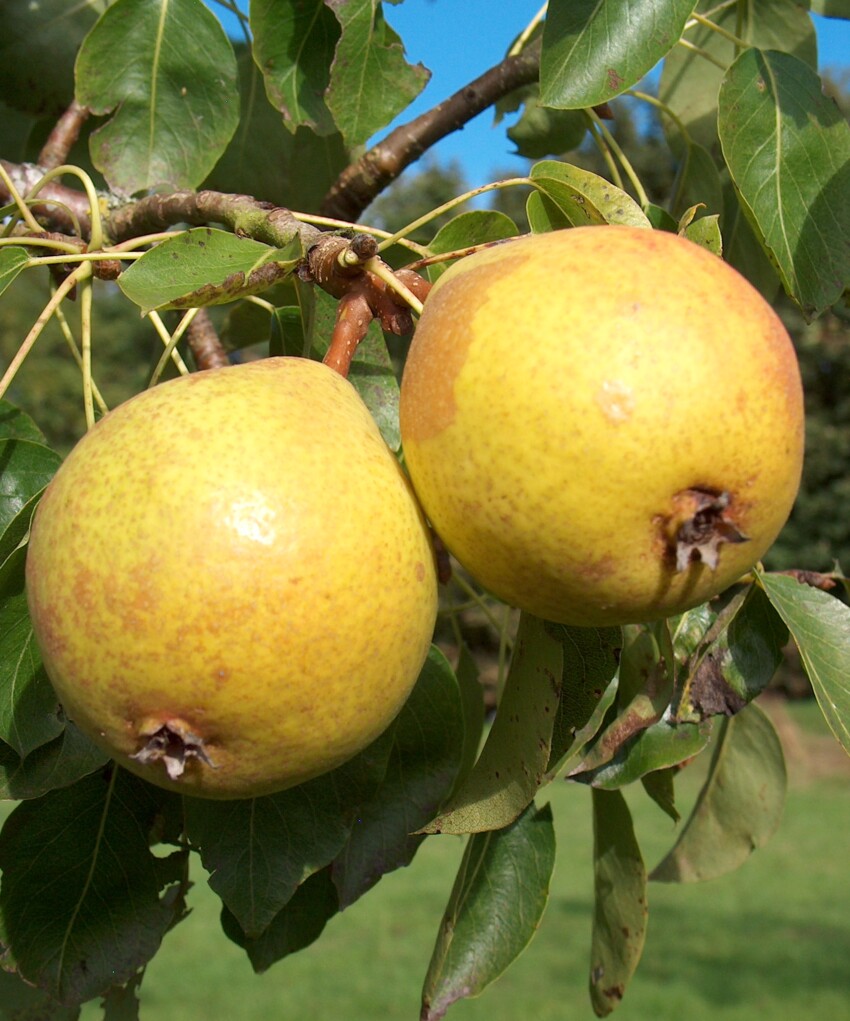| Dimensions | Regular carton size |
|---|---|
| Rootstock | Pyrus communis maiden (vigorous) |
| Harvest Time | Early September |
| Pollination Group | C |
Littleton Late Treacle
Named as Littleton Late Treacle, because the parent tree, in Littleton in the Vale of Evesham, has all the attributes of Late Treacle but with no actual Late Treacle’s to cross reference with the prefix has been added.
Harvest – early September. Pollination group – B
£23.75
Named Littleton Late Treacle not Late Treacle. This is because the material for these trees came from a tree in North Littleton, in the Vale of Evesham owned by a Trustee of the local Vale Landscape Heritage Trust. The variety was previously thought lost and thus there are no known Late Treacle trees to be compared with – fruiting or DNA, but this tree from the descriptions in the reference books on Perry Pears has all the attributes of Late Treacle. Therefore it has been named Littleton Late Treacle by Jim Chapman of the National Perry Pear
Collection.
The tree’s shape (more of an indicator for Pears than Apples) accords with the photograph in Luckwill and Pollards’ book “Perry Pears”, as do the photos of the fruit, including as shown in the photograph the red flush where the fruit is exposed to the
sun. The DNA has been tested to confirm it is a unique variety and the old donor tree has branches of a different fruit type proving that the tree is not a chance seedling but a graft from another tree. The property at which the tree was found has an old cider mill
dating back to the 18 th Century adding to the provenance.
Described as ‘Late’ Treacle it is actually one, if not the, earliest Perry Pears to be collected in the first half of September. Heavy cropping but often biennial bearing Littleton Late Treacle will make a medium sized tree for a Perry Pear on wild pear rootstock. Mid season flowering, Late Treacle produces turbinate shaped pears with a stalk that often has fleshy wrinkles. The skin becomes yellowish green or yellow with reddish flush with lenticels visible on the red flush. Russet spreads from the stalk and the eye.
For there to be a Late Treacle there was an Early Treacle but is now believed lost. Treacle denotes the sweet initial taste of the fruit.
Harvest – early September. Pollination group – B

